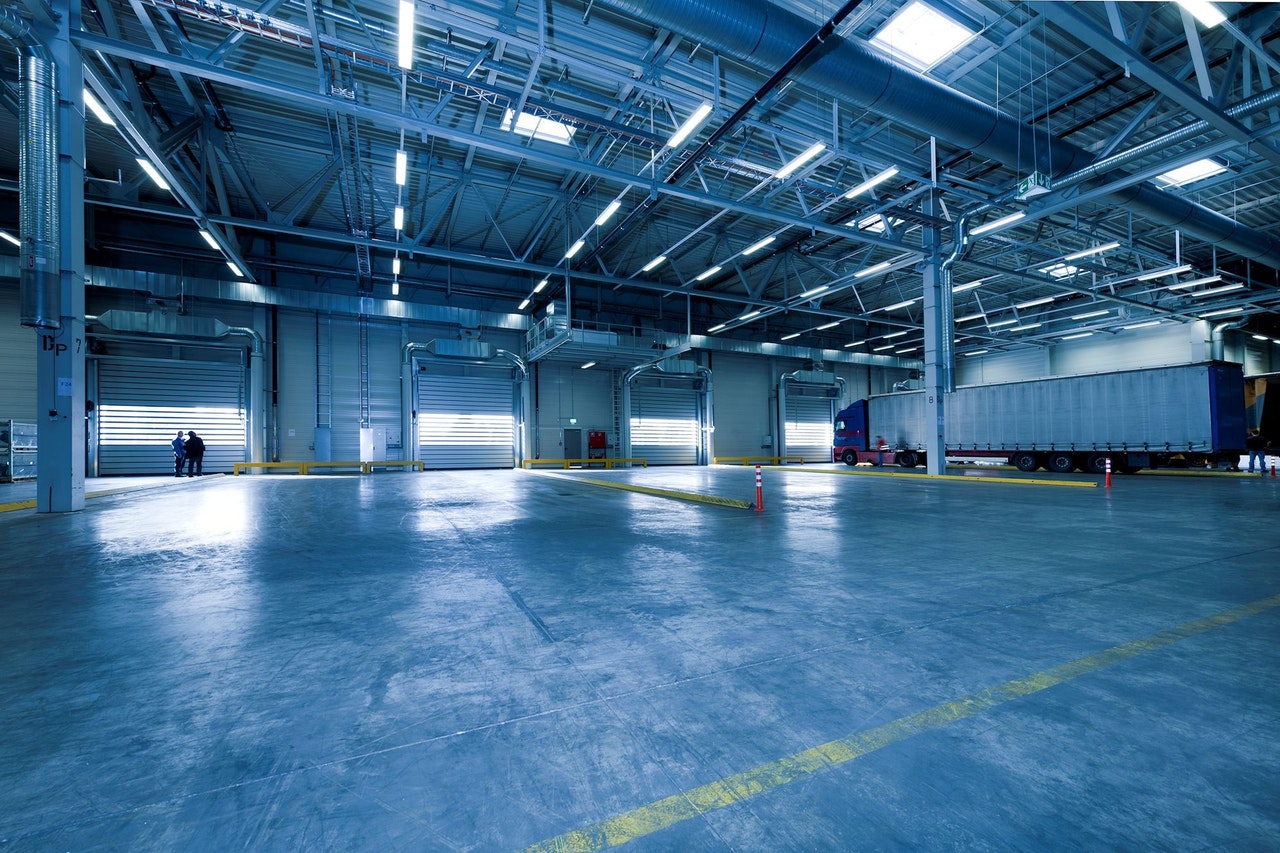As we head into July this year, most consumers do not realize the measures food transport companies take to ensure the consumables maintain a safe temperature to ward off spoilage and contamination. In fact, it is one of the largest types of shipment. The CARG projects in three years (2020) the refrigerated food transport will reach 14.1 billion US dollars. Truck drivers, carriers, and brokers are all now able to efficiently manage and monitor temperatures inside the container beds electronically. This monitoring is called machine-to-machine or M2M telematics technology, it remotely monitors and controls conditions of refrigerated perishables during transport. But how exactly are reefer boxes cooled? What are impacts on the environment? Experts are starting to question environmental impacts of vapor compression and cryogenic transport refrigeration technologies.
What are vapor compression and cryogenic transport technologies? A vapor compression reefer box is in which the refrigerant undergoes phase changes, is one of the many refrigeration cycles and is the most widely used method for air-conditioning of buildings and automobiles such as refrigerated trucks and railroad cars. Unfortunately, the refrigerants such as Freon are released into the atmosphere that has been found to break down ozone molecules.
According to a recent paper published by the Institute of Energy Futures in the journal, Energy Conversion and Management, using the cryogenic alternative was much better for the environment. The results showed that the production emissions of diesel and refrigerant in the vapor compression system can be up to 66% lower than the production emissions of cryogens. The new method uses liquid carbon dioxide, or liquid nitrogen is proposed powered by auxiliary diesel engines. Although this option does emit fewer emissions resulting from cooling the reefers, they also have a much larger mass. The increased massed causes more fuel and energy required to move the reefer boxes, reducing the portion of the positive impact of the cryogenic boxes. Even with this current hindrance, the cryogenics option still is cleaner than haloalkane refrigerants releasing CFCs.
Consumers are demanding cleaner foods that are organic and grown environmentally safe, but it should not stop there. Continuing this concept throughout the entire shipping chain is important. It is imperative to use cleaner energies to transport food, and it is only a matter of time before all fleets start implementing this reefer box coolant option.

